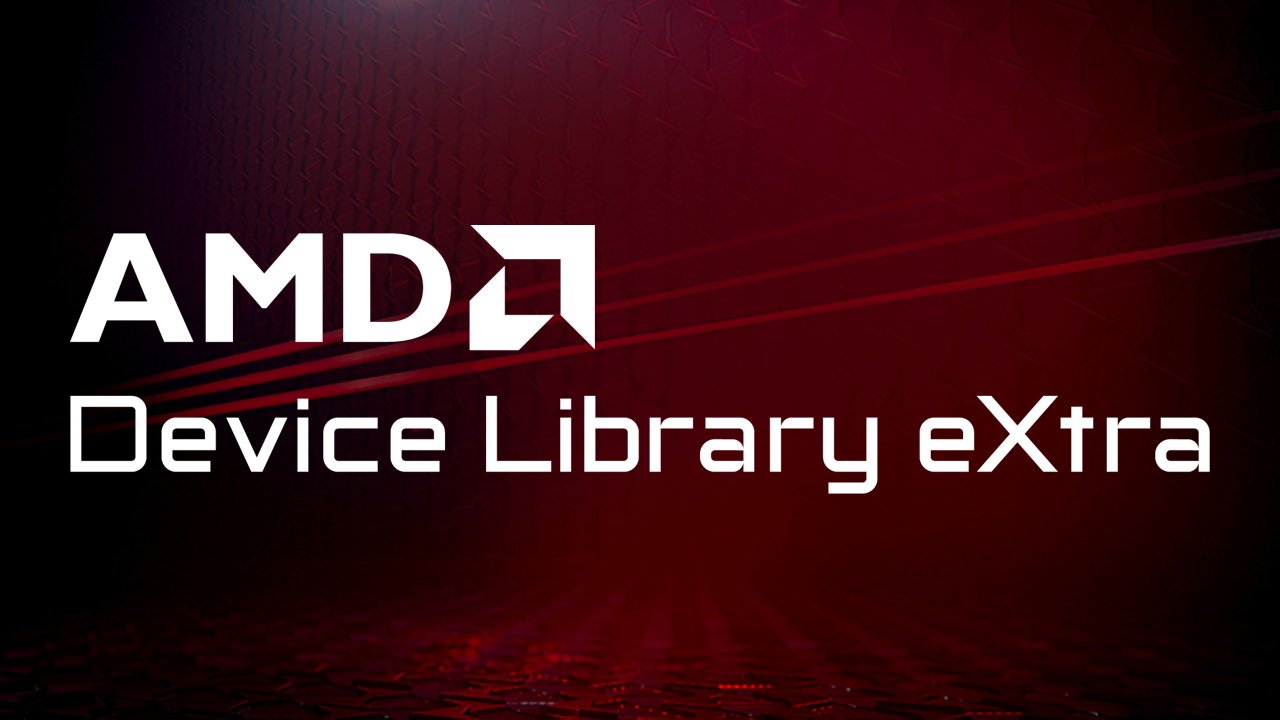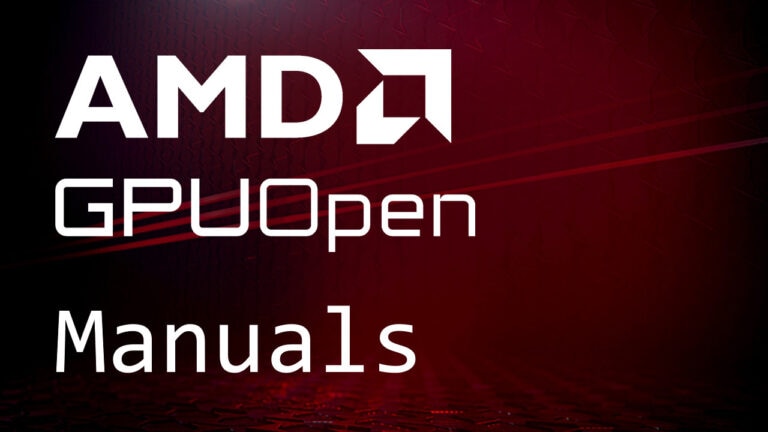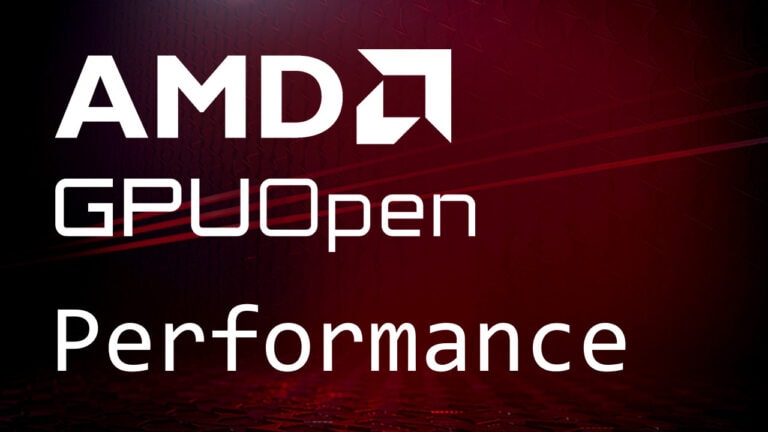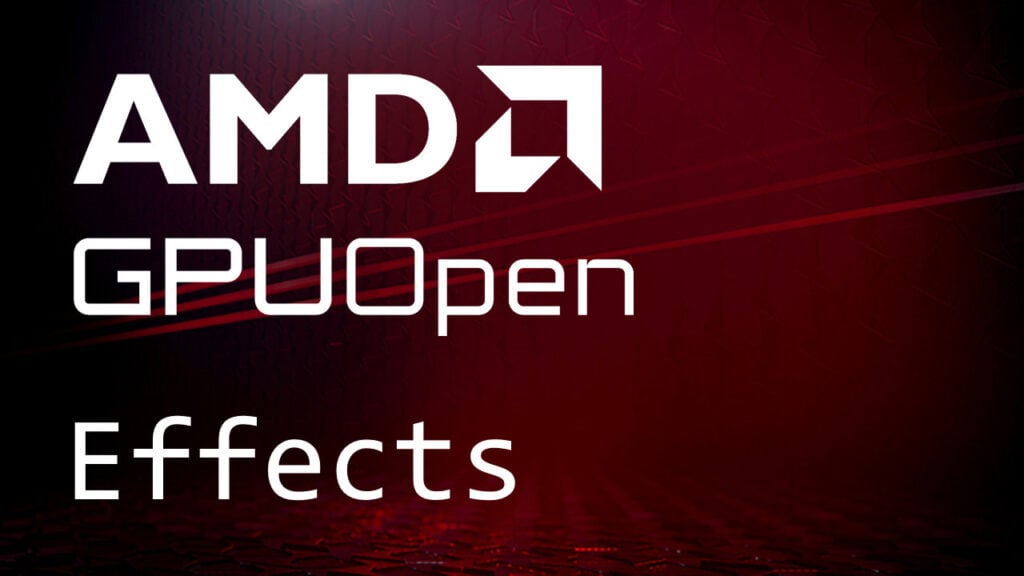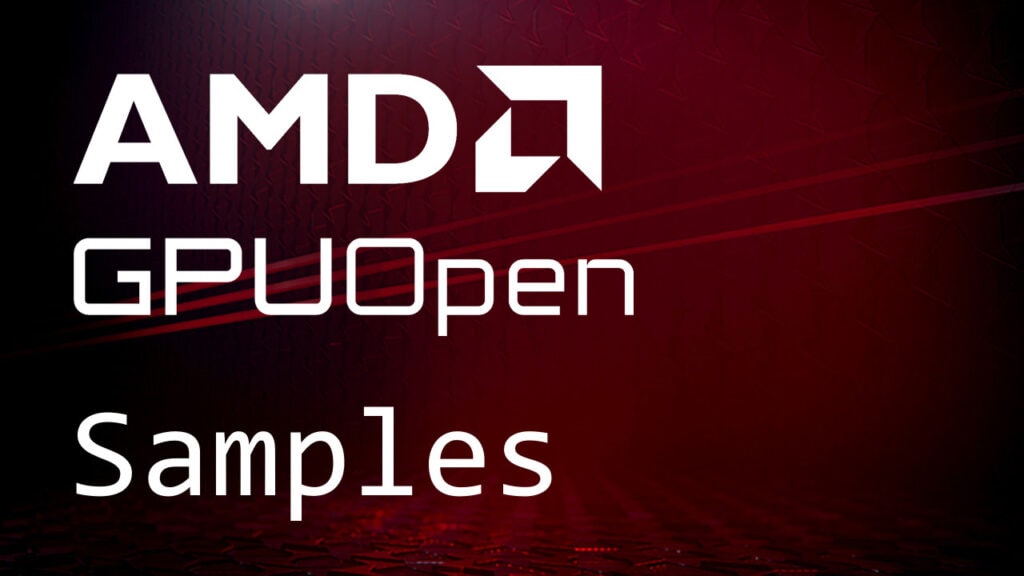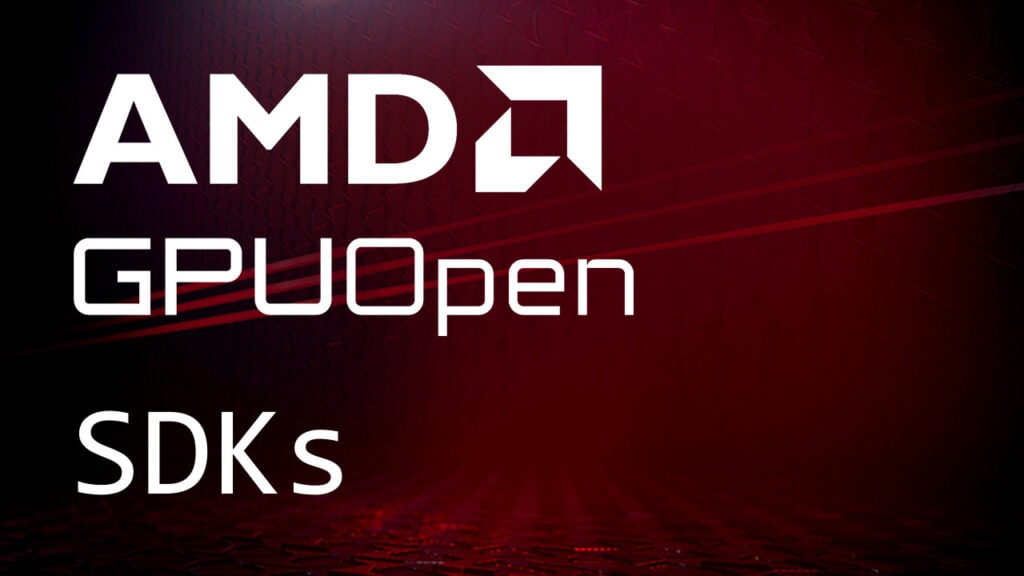IADLXDisplayCustomColor
The IADLXDisplayCustomColor interface configures custom color settings of a display.
|
InterfaceId: |
IADLXDisplayCustomColor |
|
Smart Pointer Interface Name: |
IADLXDisplayCustomColorPtr |
|
Inherits: |
|
|
Inherited By: |
N/A |
Methods
|
Method |
Description |
|---|---|
|
Gets the current brightness of a display. |
|
|
Gets the maximum brightness, minimum brightness, and step brightness of a display. |
|
|
Gets the current color contrast of a display. |
|
|
Gets the maximum color contrast, minimum contrast contrast, and step color contrast of a display. |
|
|
Gets the current hue of a display. |
|
|
Gets the maximum hue, minimum hue, and step hue of a display. |
|
|
Gets the current saturation of a display. |
|
|
Gets the maximum saturation, minimum saturation, and step saturation of a display. |
|
|
Gets the current color temperature of a display. |
|
|
Gets the maximum color temperature, minimum color temperature, and step color temperature of a display. |
|
|
Checks if customization of brightness is supported on a display. |
|
|
Checks if customization of color contrast is supported on a display. |
|
|
Checks if customization of hue is supported on a display. |
|
|
Checks if customization of saturation is supported on a display. |
|
|
Checks if customization of color temperature is supported on a display. |
|
|
Sets the brightness on a display. |
|
|
Sets the color contrast on a display. |
|
|
Sets the hue on a display. |
|
|
Sets the saturation on a display. |
|
|
Sets the color temperature on a display. |
Requirements
|
Header |
include “IDisplaySettings.h” |
|
Minimum version |
1.0 |
Example
To see how to use this interface in a C++ application, refer to the DisplayCustomColor C++ sample .
For a C application, refer to the DisplayCustomColor C sample .



